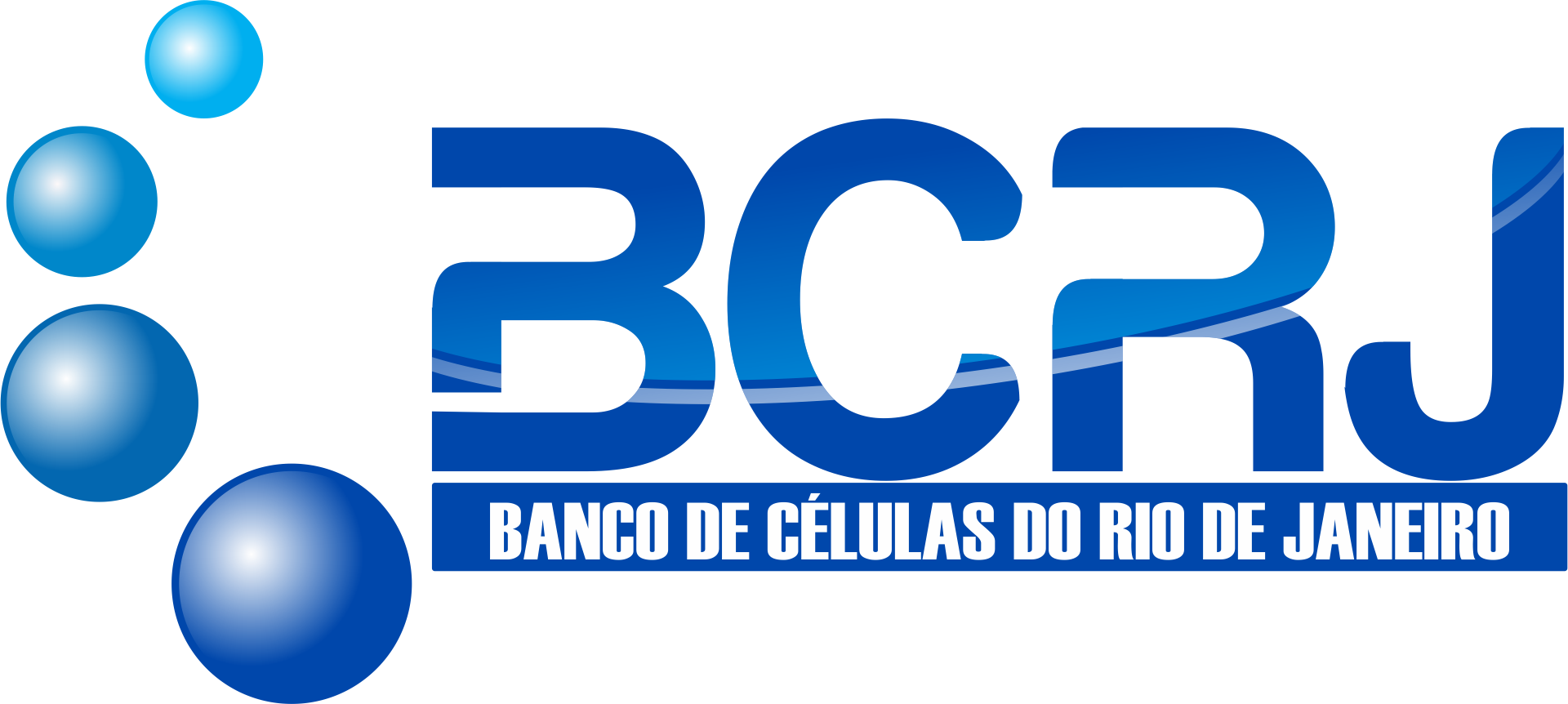| BCRJ Code | 0427 |
| Cell Line | BCL2 Jurkat |
| Species | Homo sapiens |
| Vulgar Name | Human |
| Tissue | Peripheral Blood |
| Cell Type | T Lymphocyte |
| Morphology | Lymphoid-like |
| Disease | Leukemia; Acute T Cell |
| Growth Properties | Suspension |
| Sex | Male |
| Age/Ethinicity | 14 Year / |
| Derivation | The BCL2 Jurkat cell line was derived by transfecting human Jurkat T cells with the pSFFV-neo mammalian expression vector containing the human BCL-2 ORF insert and a neomycin-resistant gene (Addgene # 3349). Stable neomycin (Neo)-resistant single-cell-originated clones were isolated and expanded by selection in medium containing 1 mg/mL G418 for 14 days. |
| Applications | This cell line over-expresses BCL-2, and is useful to study cell apoptosis, BCL-2 function and its pathway. 3D cell culture; Immune system disorder research; Immunology |
| DNA Profile | D5S818: 9 D13S317: 8, 12 D7S820: 8, 12 D16S539: 11 vWA: 18, 19 TH01: 6, 9.3 Amelogenin: X Y TPOX: 8, 10 CSF1PO: 11, 12 |
| Products | Neomycin resistance gene; BCL2 over-expressed |
| Biosafety | 2 |
| Addtional Info | The BCL2 Jurkat cell line was derived by transfecting human Jurkat T cells with the pSFFV-neo mammalian expression vector containing the human BCL-2 ORF insert and a neomycin-resistant gene (Addgene # 3349). Stable neomycin (Neo)-resistant single-cell-originated clones were isolated and expanded by selection in medium containing 1 mg/mL G418 for 14 days (1). The BCL2 Jurkat cell line produces over-expression of human BCL-2. |
| Culture Medium | RPMI-1640 medium modified to contain 2 mM L-glutamine, 4500 mg/L glucose, 10% of fetal bovine serum nd 200 mcg/mL G418. |
| Subculturing | An inoculum of 2 x 105 to 3 x 105 cells/mL is recommended. Subculture when cell concentration is 2 x 106 cells/mL. |
| Subculturing Medium Renewal | Add fresh medium every 3 to 4 days (depending on cell density) |
| Subculturing Subcultivation Ratio | 1:2 to 1:10 is recommended |
| Culture Conditions | Atmosphere: air, 95%; carbon dioxide (CO2), 5% Temperature: 37°C |
| Cryopreservation | 95% FBS + 5% DMSO (Dimethyl sulfoxide) |
| Thawing Frozen Cells | SAFETY PRECAUTION:
It is strongly recommended to always wear protective gloves, clothing, and a full-face mask when handling frozen vials. Some vials may leak when submerged in liquid nitrogen, allowing nitrogen to slowly enter the vial. Upon thawing, the conversion of liquid nitrogen back to its gas phase may cause the vial to explode or eject its cap with significant force, creating flying debris.
NOTE: It is important to avoid excessive alkalinity of the medium during cell recovery. To minimize this risk, it is recommended to place the culture vessel containing the growth medium in the incubator for at least 15 minutes before adding the vial contents. This allows the medium to stabilize at its normal pH (7.0 to 7.6). |
| References | Yamamoto K, et al. BCL-2 is Phosphorylated and Inactivated by an ASK1/Jun N-Terminal Protein Kinase Pathway normally Activated at G2/M. Mol Cell Biol. Dec;19(12):8469-78. 1999. PubMed: 10567572 |
| Depositors | EDGAR JULIAN PAREDES GAMERO |
| Cellosaurus |



